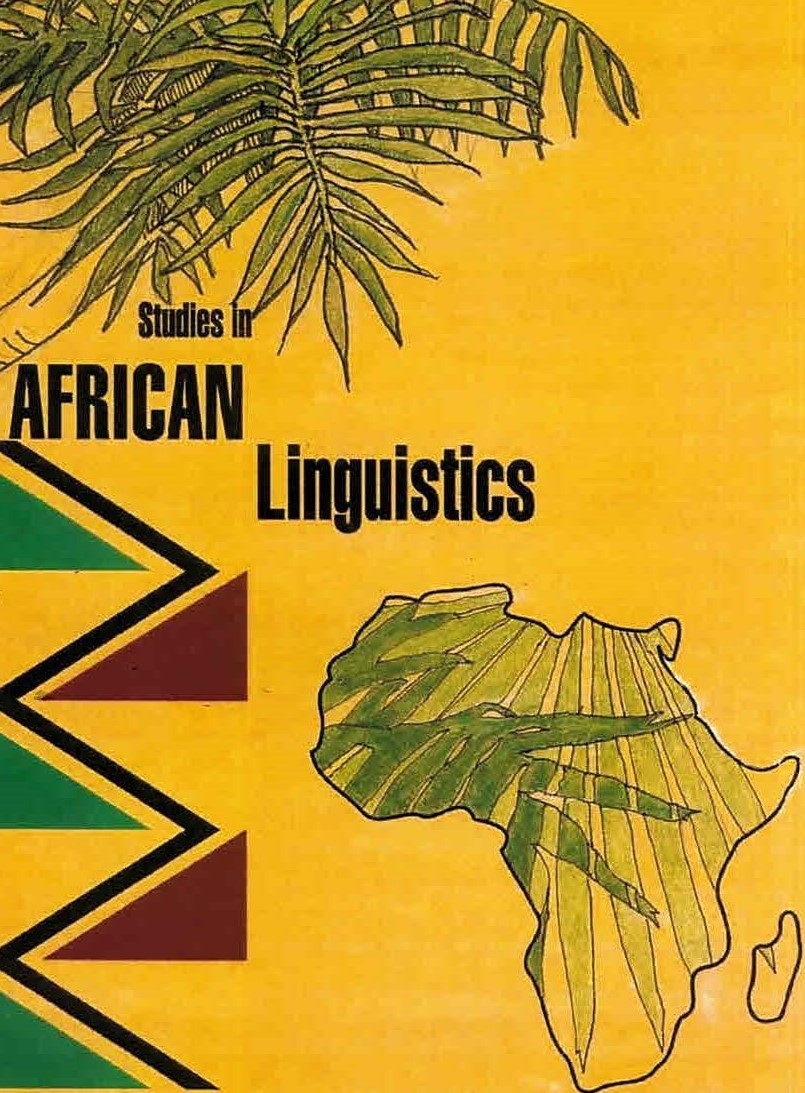Structural patterns and strategies of codeswitching in Igbo-English bilingual discourse
DOI:
https://doi.org/10.32473/sal.v45i1.107257Keywords:
codeswitching, discourse analysis, Igbo, morphosyntaxAbstract
This study identifies and describes the patterns found in Igbo-English codeswitching using a typology of codeswitching proposed in the literature. Two patterns in the three-way typology are identified. In the alternational pattern neither language dominates the other, whilst the insertional pattern involves asymmetry in the roles of the two languages, with Igbo as the matrix language that provides the morphosyntactic structure of the bilingual clause. Certain structural features of the Igbo morphosyntactic frame are identified as evidence of a matrix-embedded language asymmetry. In particular, it is demonstrated that the feature of morphosyntactic integration serves as the diagnostic for identifying the type of codeswitching within a clause and that it effectively distinguishes alternation and insertion, especially in peripheral switching. In the insertional pattern, the Igbo grammatical frame forces morphological integration of inserted English verbs but in the alternational pattern, verbs remain monolingual in the participating languages. The paper concludes that although the two patterns are attested in the Igbo-English language pair, the insertional pattern is dominant.Downloads
Published
2016-06-15
Issue
Section
Articles
License
Copyright (c) 2016 Ihuọma I. Akinremi

This work is licensed under a Creative Commons Attribution-NonCommercial 4.0 International License.
Authors retain copyright and grant the journal right of first publication


